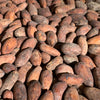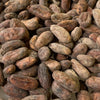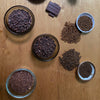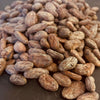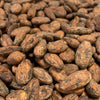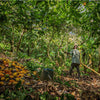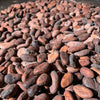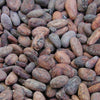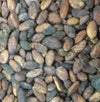About The Rakiraki Region
Centralized fermentary and drying facility. Fresh cacao is loaded into 4-tier hardwood fermentation boxes and closely monitored for 5-6 days with daily bean rotation. Fully fermented cacao is dried on decks for approximately 1 week. Each batch is raked regularly each day and hand sorted into GrainPro sealed bags for export.
Rakiraki is a district in Fiji Ra Province. It is located about halfway between Suva and Nadi when traveling along the Kings Road, on the northern coast of Viti Levu, Fiji's largest island. Prominent landmarks include Navatu Rock in Vitawa village, believed to be one of Fiji's oldest human settlements.
Pottery excavated at the base of the rock has been dated to around 1000BC. The tomb of Ratu Udre Udre,a famous 19th century cannibal chiefwho reportedly consumed more than 800 of his victims, is close to the township of Vaileka. Ra. The Ra province has several hundred small holder cocoa farmers interplanting with coconut.
